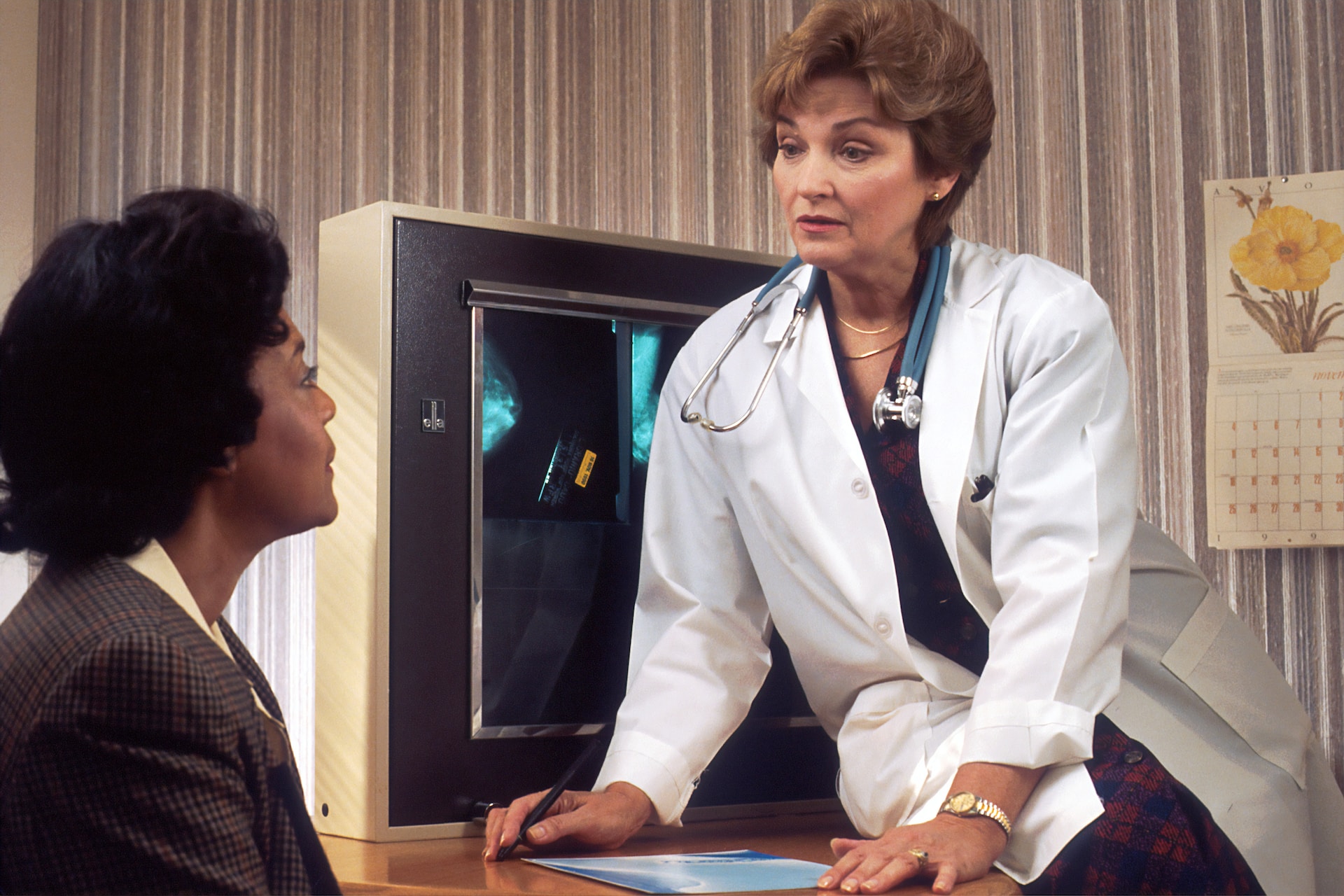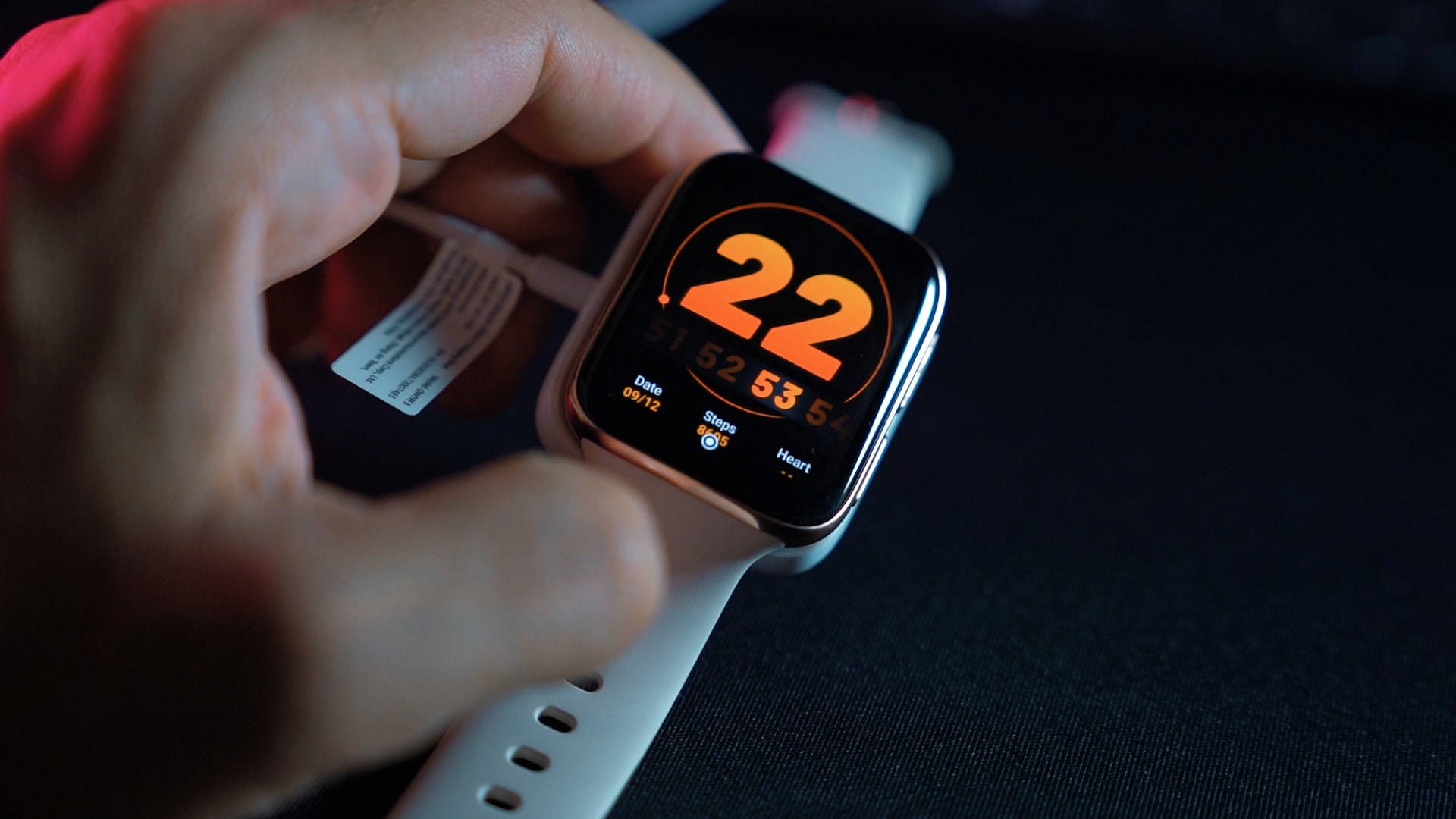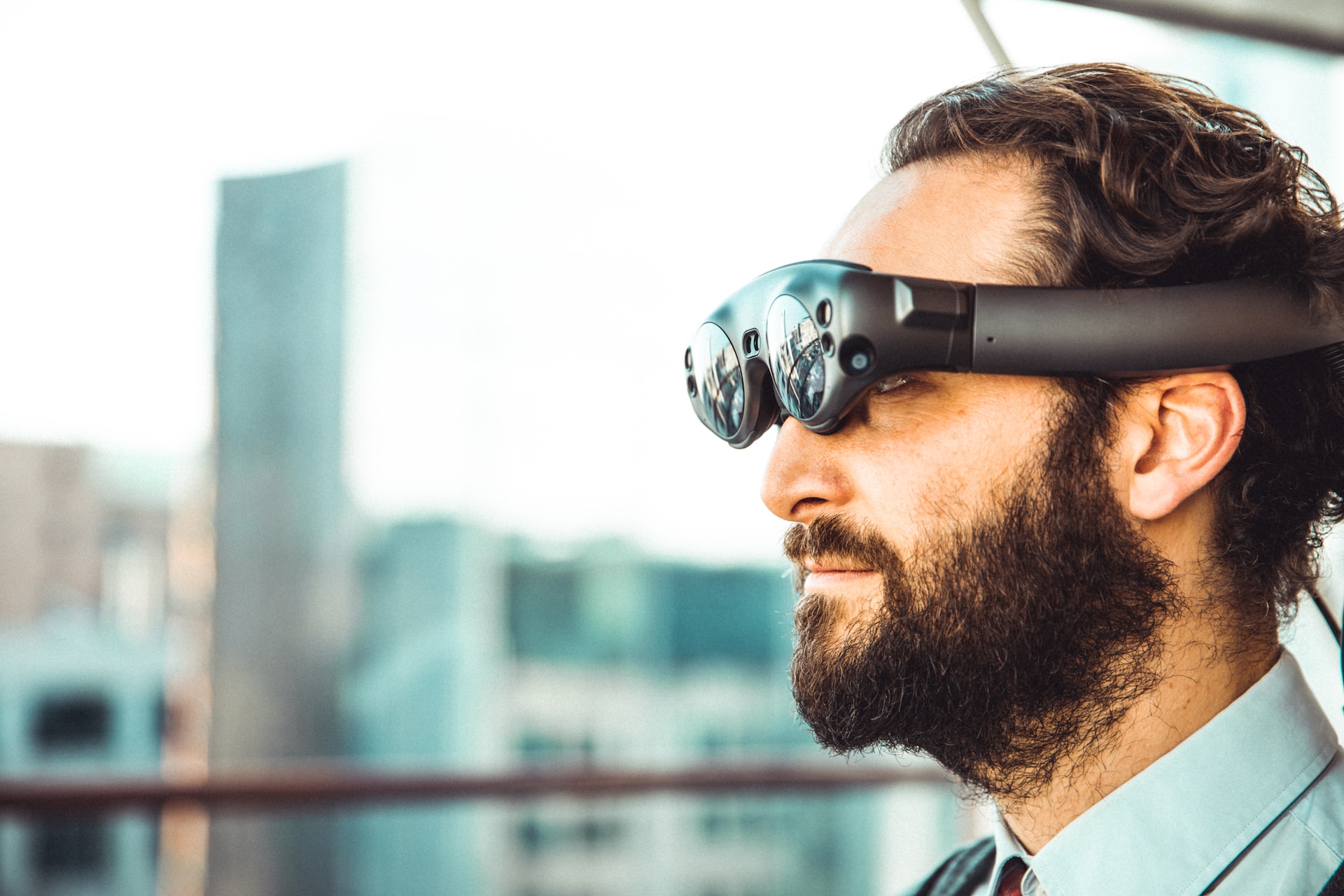In the rapidly evolving landscape of healthcare, patient engagement has emerged as a key factor in achieving positive health outcomes. As the world transitions into a digital era, health platforms are leveraging cutting-edge technologies to enhance patient interaction, foster proactive healthcare behaviors, and, ultimately, improve overall well-being. Let’s explore the various engaging technologies that health platforms can integrate, with a special focus on the transformative capabilities of computer vision.

Understanding the Significance of Patient Engagement in Digital Health
Patient engagement can expand traditional healthcare models and transform patients from passive recipients to active participants in their own care. In the digital health space, fostering patient engagement is not just a trend but a necessity. Engaged patients are more likely to adhere to treatment plans and have better health outcomes and, thus, contribute to the overall efficiency of healthcare systems.
1. Mobile Apps and Wearables: On-the-Go Health Management
Mobile applications and wearables have revolutionized the way individuals manage their health. Health platforms can leverage mobile apps to provide users with instant access to their health records, medication schedules, and personalized health tips. Wearables, such as fitness trackers and smartwatches, offer real-time monitoring of vital signs and activity levels, empowering patients to take control of their health on the go.
[Resource: The Impact of Mobile Apps on Healthcare]

2. Telehealth and Virtual Visits: Breaking Down Barriers to Access
Telehealth and virtual visits have become integral components of modern healthcare, especially in the wake of the pandemic that necessitated remote access to medical services. These technologies eliminate geographical barriers, making healthcare more accessible to patients in remote areas or for those with mobility challenges. Integrating virtual visits into digital health platforms enhances patient engagement by providing convenient and timely consultations.
[Resource: Telehealth – A Game-Changer in Healthcare]

3. Gamification: Turning Health into a Playful Journey
Gamification incorporates game elements into non-game contexts to engage and motivate users. Health platforms can utilize gamification to make health and wellness activities more enjoyable and rewarding. Features like challenges, achievements, and rewards systems encourage patients to stay consistent with their health goals, transforming routine tasks into a playful journey.
[Resource: The Role of Gamification in Healthcare]
4. Artificial Intelligence (AI) and Machine Learning: Personalized Healthcare Insights
AI and machine learning technologies can analyze vast amounts of health data to provide personalized insights and recommendations. Health platforms can use these technologies to predict health trends, recommend personalized treatment plans, and even identify potential health risks. By tailoring information to individual patient needs, AI enhances engagement by tailoring information to individual patients and making recommendationse more relevant and actionable.
[Resource: AI in Healthcare – Current Applications and Future Directions]
5. Chatbots and Virtual Assistants: Instant Support and Information
Chatbots and virtual assistants offer on-demand access to support and information, improving patient engagement by providing timely responses to inquiries and concerns. These technologies can assist with appointment scheduling, medication reminders, and offer general health information. By offering a conversational interface, patients feel more connected and supported throughout their healthcare journey.
[Resource: Chatbots in Healthcare: A Review]

6. Augmented Reality (AR) for Education and Training
In recent years, Augmented Reality (AR) has become more relevant in healthcare education and training. Health platforms can integrate AR to provide patients with immersive educational experiences, helping them understand complex medical procedures or visualize the effects of lifestyle choices on their health. For healthcare professionals, AR can enhance training programs, ensuring that clinicians are well-equipped to deliver quality care.
[Resource: Applications of Augmented Reality in Medicine]

7. Remote Patient Monitoring: Continuous Health Surveillance
Remote patient monitoring involves the use of connected devices to track patients’ health outside of traditional healthcare settings. This technology enables continuous monitoring of vital signs, medication adherence, and other relevant metrics. By keeping healthcare providers informed in real-time, remote patient monitoring fosters proactive interventions and strengthens the patient-provider relationship.
[Resource: Remote Patient Monitoring Technologies]
8. Computer Vision: Transforming Visual Data into Actionable Insights
Among the array of engaging technologies, computer vision stands out as a transformative force in patient engagement. This technology allows health platforms to process and interpret visual information from the world, opening up new possibilities in healthcare. In the context of patient engagement, computer vision can be applied in several ways:
a. Facial Recognition for Patient Check-Ins: Streamlining Administrative Processes
Implementing facial recognition technology for patient check-ins streamlines administrative processes in healthcare facilities. Patients can check in effortlessly with simple facial scanning, reducing wait times and enhancing the overall patient experience. This efficiency contributes to a positive perception of the healthcare provider and encourages continued engagement.
[Resource: Facial Recognition Technology in Healthcare]
b. Monitoring Medication Adherence: Ensuring Compliance with Treatment Plans
Computer vision can be employed to monitor medication adherence by analyzing video data. Smart cameras can identify whether patients are taking prescribed medications properly and at the right times, sending reminders if necessary. This not only ensures compliance with treatment plans but also provides healthcare providers with valuable insights into patient behaviors.
[Resource: Computer Vision Applications in Healthcare]
c. Rehabilitative Exercise Guidance: Enhancing Physical Therapy
In the realm of physical therapy and rehabilitation, computer vision can provide real-time guidance during exercises. Patients can perform their prescribed exercises at home while the system analyzes their movements, offering immediate feedback and correction. This not only ensures the exercises are performed correctly but also motivates patients to adhere to their rehabilitation routines.
[Resource: Computer Vision in Rehabilitation]

Conclusion: A Holistic Approach to Patient Engagement
Patient engagement in digital health requires a holistic approach that integrates various emerging technologies. From mobile apps and wearables to computer vision, each technology plays a unique role in empowering patients to actively participate in their healthcare journey. As we navigate the future of healthcare, the seamless integration of these technologies will not only enhance patient engagement but also contribute to the ongoing transformation of the healthcare landscape. The result? A more connected, informed, and empowered community of patients actively shaping their path to better health.

 5 min reading
5 min reading


